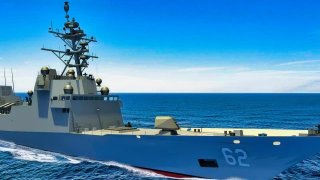The U.S. Navy's Constellation-class Frigate Nightmare Is Bad News
Though the U.S. Navy procured the first Constellation-class frigate in fiscal year 2020 (FY20) with a goal of the lead vessel entering service by the end of the decade, there are now warnings that the program could be running at least three years late.
Summary: The U.S. Navy marked a significant milestone with the keel laying of the future USS Constellation (FFG-62) in Marinette, Wisconsin. This event, attended by Secretary of the Navy Carlos Del Toro and Chief of Naval Operations Adm. Lisa Franchetti, celebrates the first ship of the new Constellation-class frigates.
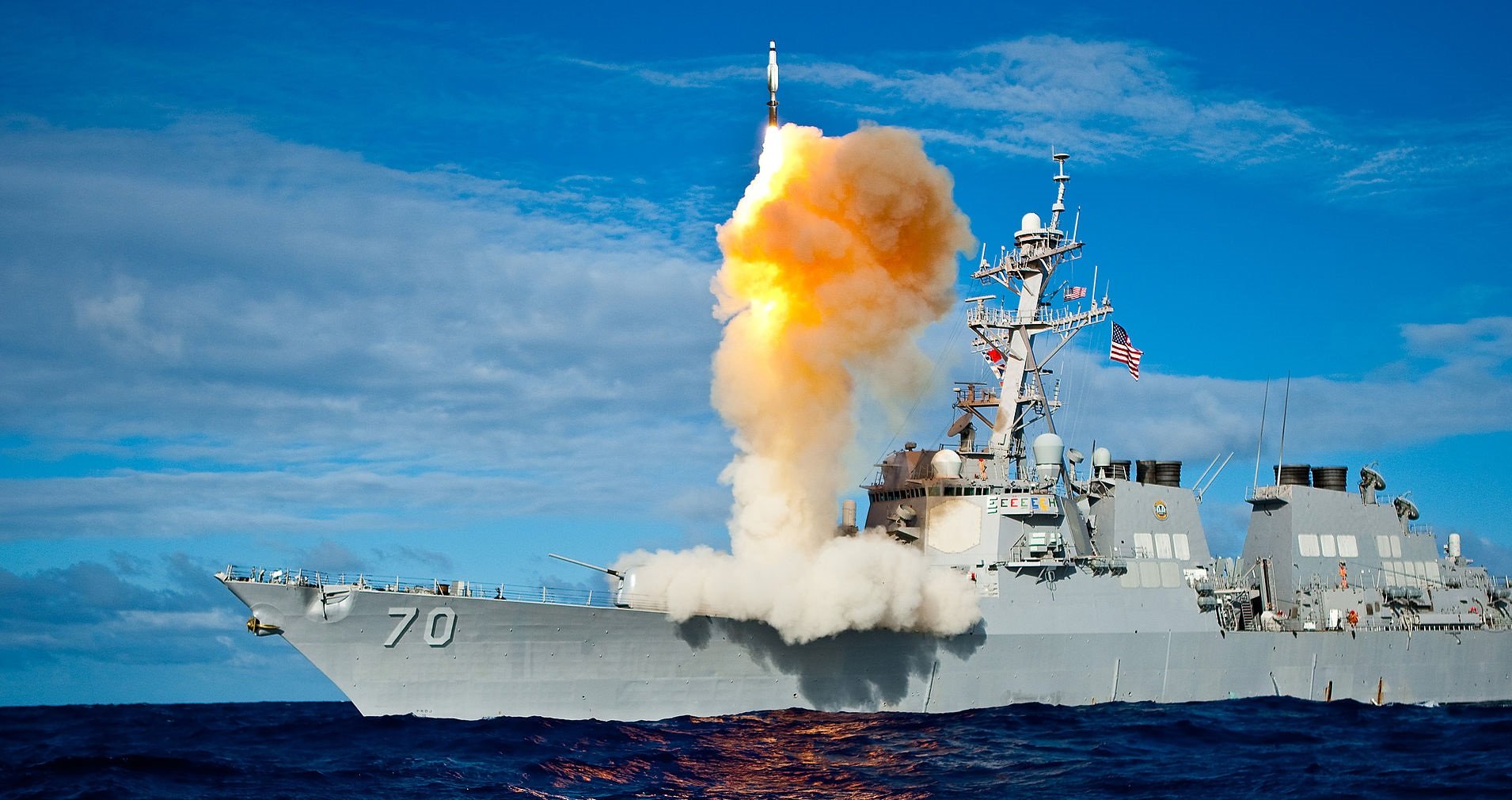
-Aimed at enhancing the Navy’s capabilities, these frigates will support surface, anti-submarine, and electromagnetic warfare.
-Despite its advanced features like a helicopter hangar and drone capabilities, the program faces delays due to workforce challenges at Fincantieri Marinette Marine, potentially pushing the delivery back by three years. These issues are part of broader challenges in U.S. shipbuilding, including workforce retention and infrastructure deficiencies, impacting several naval projects.
U.S. Navy's Future Frigate USS Constellation Faces Delay: What You Need to Know
Last Month, the keel of the future United States Navy's first Constellation-class frigate was laid in a ceremony in Marinette, Wisconsin – attended by Secretary of the Navy Carlos Del Toro. The future USS Constellation (FFG-62) is the first ship of a new class of frigates awarded to Fincantieri Marinette Marine in 2020.
"USS Constellation and the Constellation-class frigates are a critical next step in the modernization of our surface ship inventory, increasing the number of players on the field available globally for our fleet and combatant commanders," said Secretary Del Toro.
The new class of frigates represents the U.S. Navy's next-generation small surface combatant and is seen as an agile, multi-mission warship capable of operations in both blue-water and littoral environments, providing increased combat-credible forward presence that provides a military advantage at sea. The U.S. Navy plans to employ the small warships in surface, anti-submarine, and electromagnetic maneuver warfare.
Each of the warships in the class will measure 151 meters (496 feet) in length, with a beam of 5.5 meters (18 feet), and can accommodate up to 200 personnel. Powered by a combined diesel-electric propulsion, the frigates will have a maximum speed of 26 knots, and a range of 6,000 nautical miles (11,000 kilometers/ 6,900 miles).
The vessels will be armed with cruise, anti-ship, guided, and rolling airframe missiles, machine guns, automatic naval guns, vertical launch systems, surveillance radar, and an electronic warfare suite. In addition, the frigates will be equipped with a hangar for an MH-60 Seahawk helicopter and an MQ-8C Fire Scout aerial drone, as well as spaces for rigid hull inflatable boats.
Chief of Naval Operations Adm. Lisa Franchetti joined Secretary Del Toro during the historic occasion.
"This ship will be critical in putting more players on the field," added Franchetti. "The Constellation-class frigate, named after the USS Constellation – the first of six frigates authorized by the Naval Act of 1794 and the first in-class designed and built by American workers – will ensure the free flow of American commerce by sea."
Nightmare Delays for This New U.S. Navy Warship
Though the U.S. Navy procured the first Constellation-class frigate in fiscal year 2020 (FY20) with a goal of the lead vessel entering service by the end of the decade, there are now warnings that the program could be running at least three years late.
According to a report from Bloomberg via gCaptian, the shipyard building the new class of frigates has been hobbled by a failure to "achieve engineering and skilled workforce levels."
Fincantieri Marinette Marine has experienced "unprecedented poor workforce retention high attrition rates," according to an unreleased U.S. Navy briefing slide prepared for senior service and the Pentagon and obtained by Bloomberg. The slide warned that the shipyard's worker shortage is far greater than publicly released findings and that the company will require more than 1,600 skilled workers – up from more than 900 today.
That could result in the U.S. Navy's frigates arriving as much as three years late. However, Fincantieri spokesman Eric Dent said in a statement that the 36-month delay for the frigates was a worst-case scenario.
Not Just The Frigates Being Late for U.S. Navy
In January, Del Toro ordered a comprehensive review to examine national and local causes of the challenges to shipbuilding. The results, which were released earlier, found that five classes of vessels being built for the sea service are now running anywhere from one to three years behind schedule.
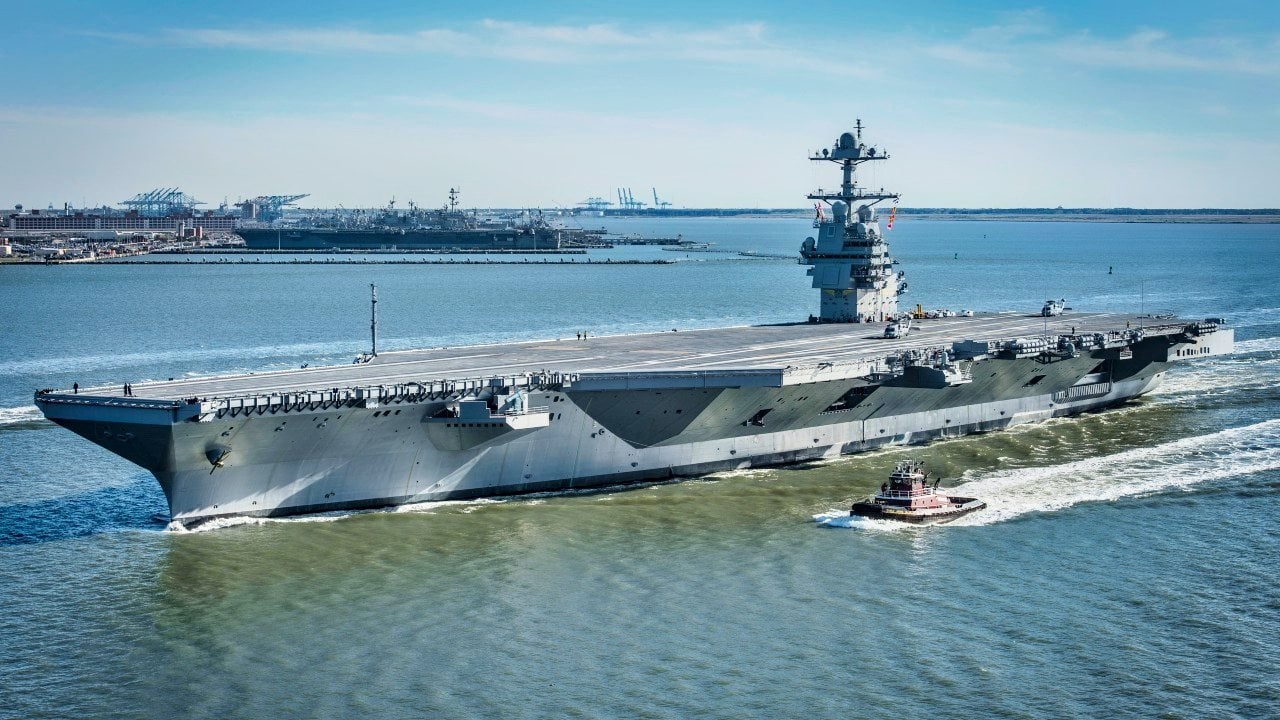
That includes the Virginia-class fast attack submarines, the Gerald R. Ford-class nuclear-powered aircraft carriers, and the first-of-a-new-class of Constellation-class guided-missile frigates.
U.S. shipyards continue to suffer from poor infrastructure conditions, while the shipbuilding sector has diminished – as the entire shipbuilding industry faces an ongoing challenge to attract, train, and retain skilled labor. Since the pandemic, shipyards have seen high retirement rates for older and more skilled workers, and there simply aren't the new hires to replace those leaving the workforce.
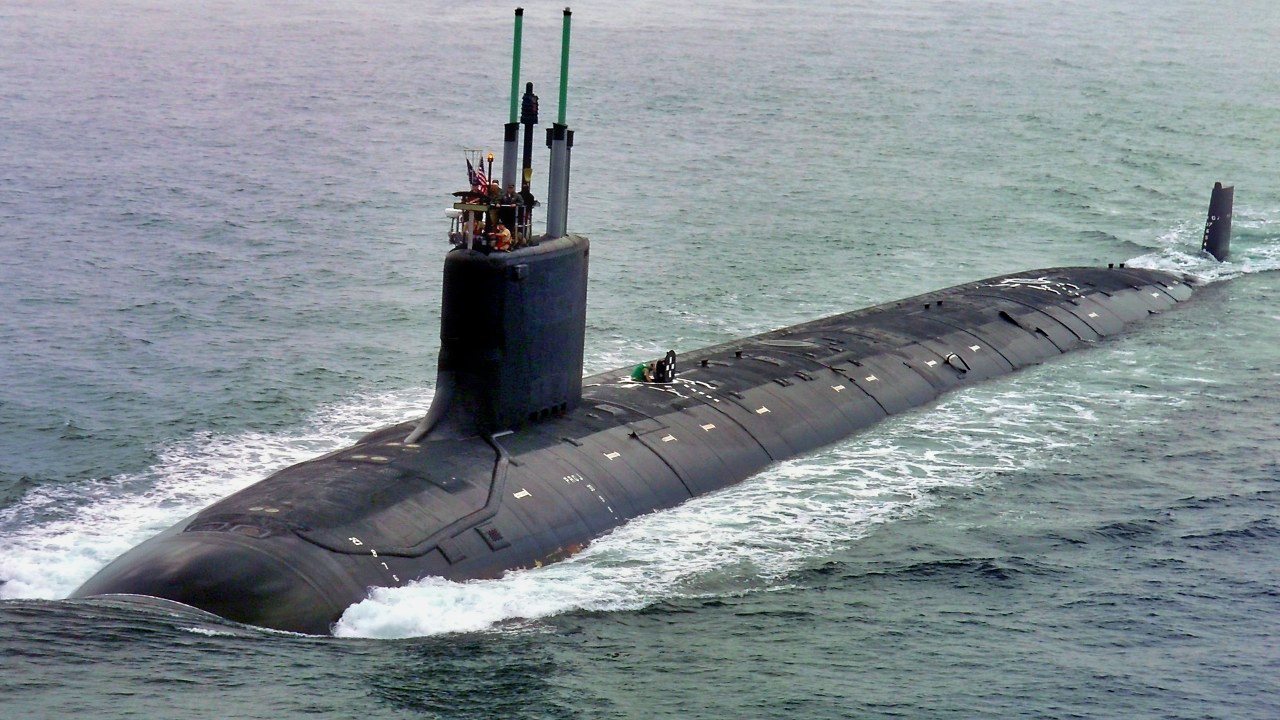
"We still have seen attrition continue in a negative direction in multiple regions, in some places it doubled from where it was at the beginning of the pandemic, in other cases it's more," Vice Admiral James Downey told reporters at the Pentagon earlier this month.
The solution may end up raising the cost of the warships.
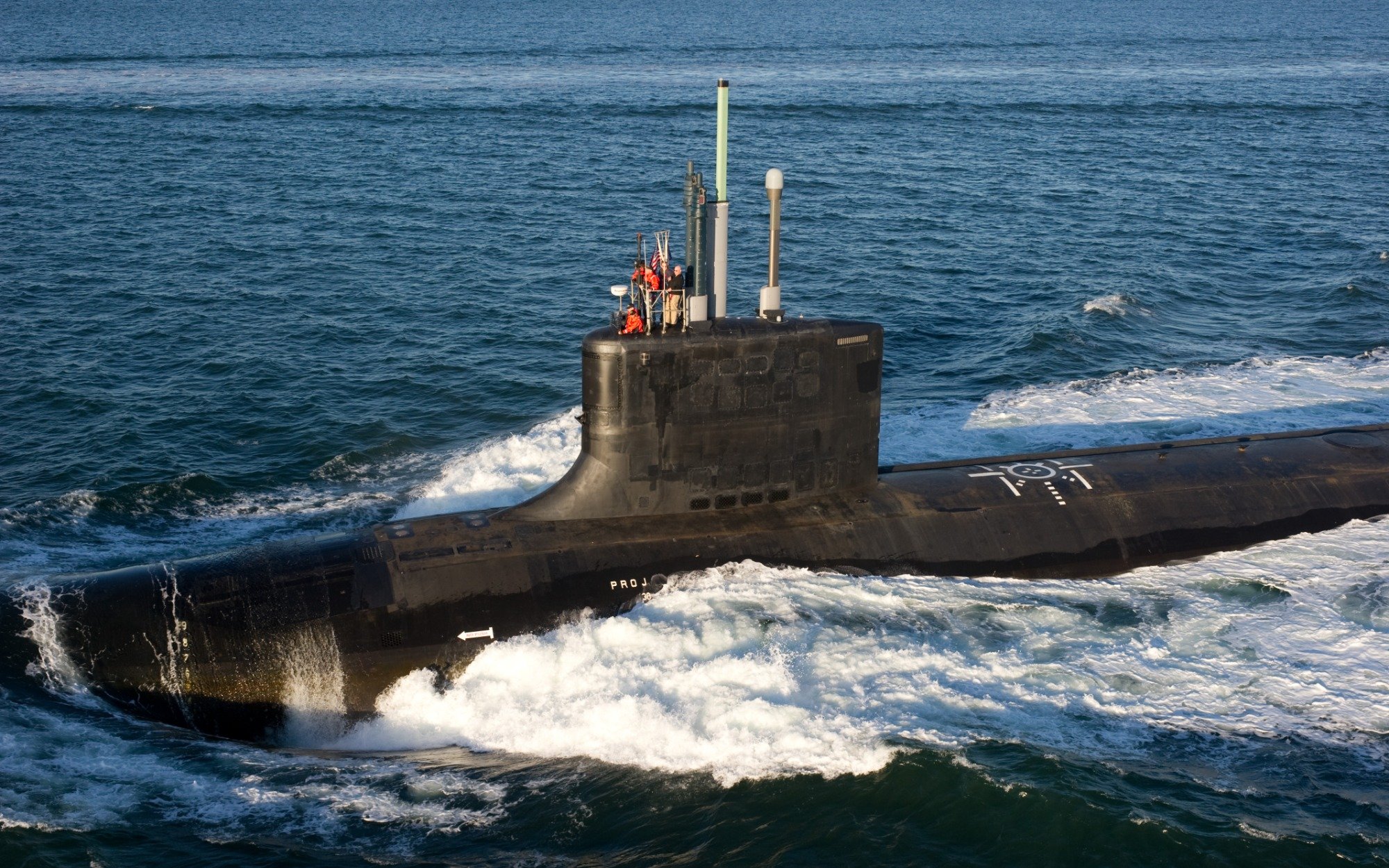
The sea service has attempted to provide incentive fees for workers to stay on the job $5,000 if they stay a first year and $5,000 "if they stay throughout construction of the first ship," Del Toro told lawmakers last week. "We've been trying to work with industry to get them to a better place."
Author Experience and Expertise: Peter Suciu
Peter Suciu is a Michigan-based writer. He has contributed to more than four dozen magazines, newspapers, and websites with over 3,200 published pieces over a twenty-year career in journalism. He regularly writes about military hardware, firearms history, cybersecurity, politics, and international affairs. Peter is also a Contributing Writer for Forbes and Clearance Jobs. You can follow him on Twitter: @PeterSuciu.
You can email the author: [email protected].


